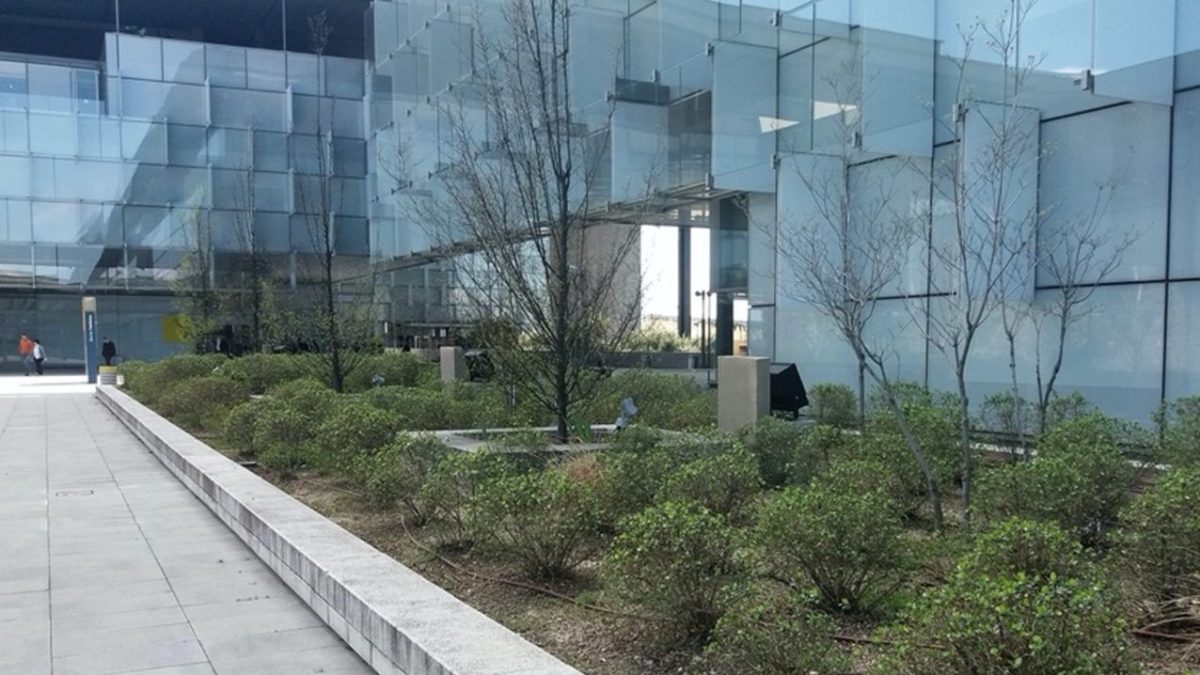
In the visitors’ car park there are two rows of lime trees (Tilia cordata) and between them, small but striking cherry laurel bushes (Prunus laurocerasus).
As we enter the square we are greeted by several specimens of Pomegranate (Punica granatum), some of which are still bearing the very dry fruit of last season. A little further on, leaving the cafeteria on the left and the terraces with water on the right, in the middle of the square, a beautiful Olive tree (Olea europeae) welcomes us and acts as our host. On the steps leading up to Sur 3 we can find Cotoneaster (Cotoneaster horizontalis), Honeysuckle (Madreselva nitida) and Sage (Salvia officinalis).
Continuing along the path towards the South 1 building, we can see to the right, as we go up the ramp, eight specimens of Bald Cypress (Taxodium distichum) which majestically watch the water run off towards the terrace below.
At the end of the ascent ramp and heading towards the South 2 building, but from the back, we will find ourselves facing a dense parterre of Rosemary (Rosmarinus officinalis) and Oleander (Nerium Oleander), which stand out in different areas.
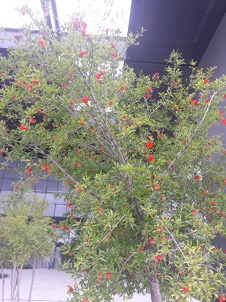
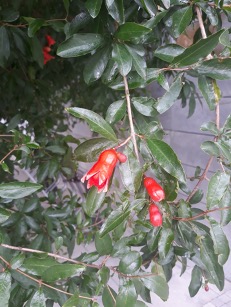
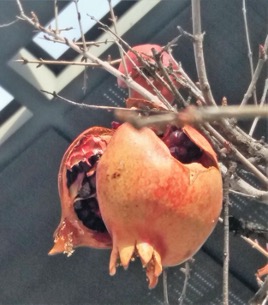

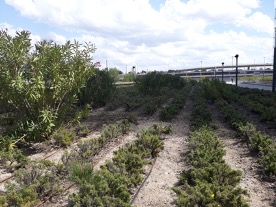
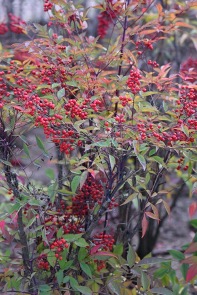
Continuing along the corridor that borders the South 2 building until the final corner, on our left we can see a row of eight hornbeams (Carpinus betulus) between wooden benches and each one in a pot where some Iris (Iris germanica) stand out. Closer to the building, the area is home to a type of fern and the sacred bamboo (Nandina domesica), which stands out for its bright red fruit. Despite its name, the sacred bamboo has nothing to do with the real bamboos.
At the end of the building, where the previous area gives way to a corner, there is only Foxtail (Pennisetum spp). If we follow the path along the edge of the building we can see next to it Red Robin Photinia (Photinia x fraseri), Escalonia (Escallonia floribunda) and the closest thing to us Cotoneaster (Cotoneaster horizontalis).
We then head towards the viewpoint, leaving the ramp leading down to the pond on the right, where the Chinese Magnolia (Magnolia x soulangeana) stands out, sharing space in different areas with American Juniper (Juniperus horizontalis) and Mahon Manzanilla (Santolina chamaecyparissus).
When we reach the end of the viewpoint, we can find an area of Cotoneaster (Cotoneaster horizontalis), with Foxtail (Pennisetum spp.) in the background and a strip of Durillo (Viburnum tinus) as a natural fence.
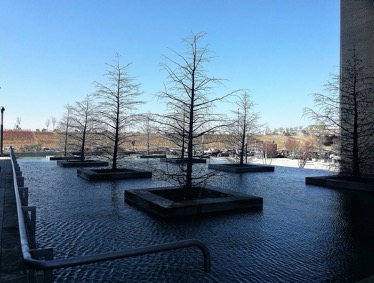
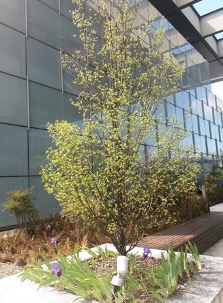

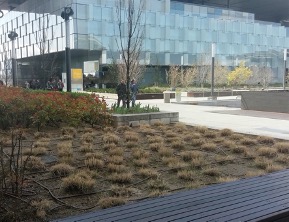
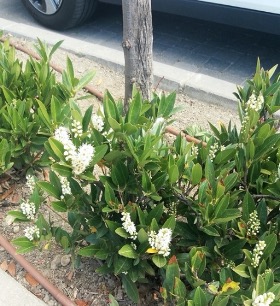

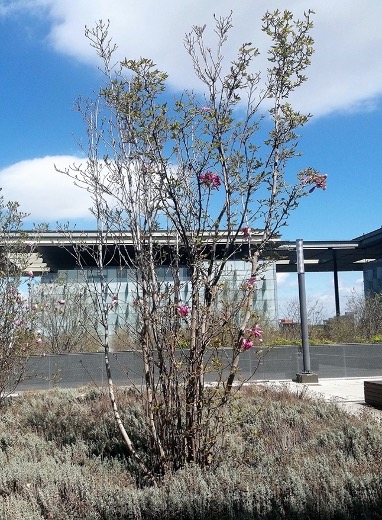

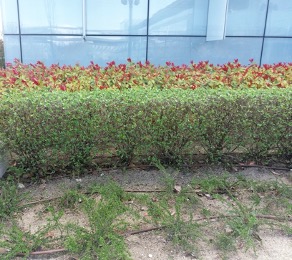
At the end of the walk and bordering the south building 3, we can see a row of six hornbeam (Carpinus betulus) in an area with a few wig trees (Cotinus coggygria) and a row of scallops (Escallonia floribunda).
Don’t miss the view of the other squares in the District in future instalments.
